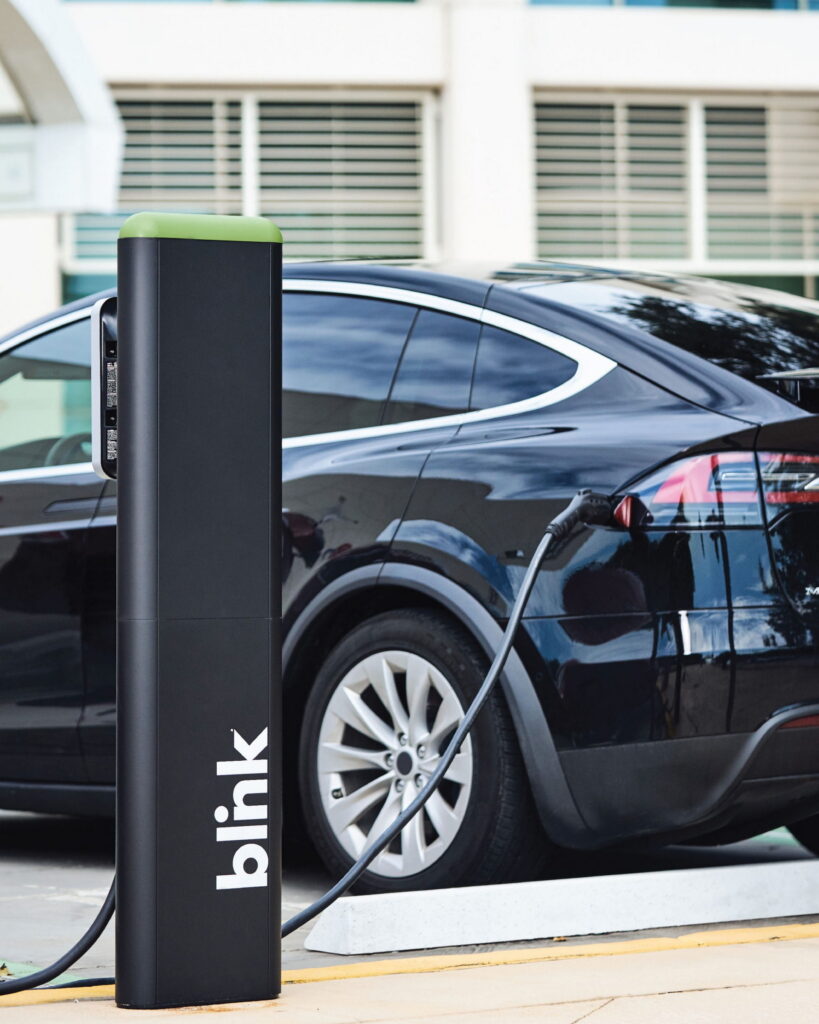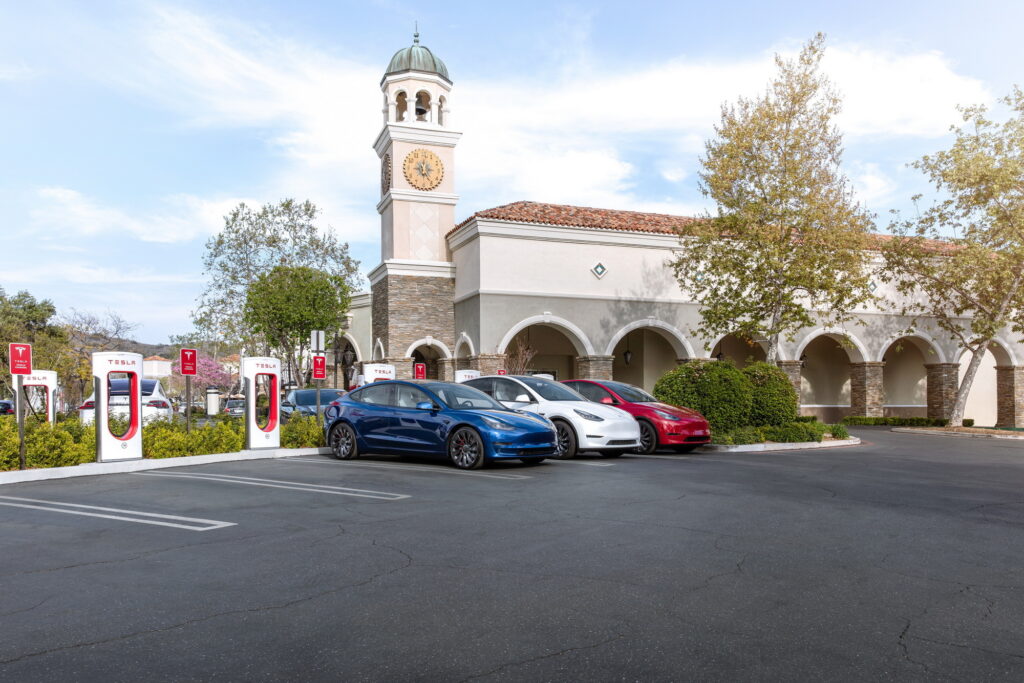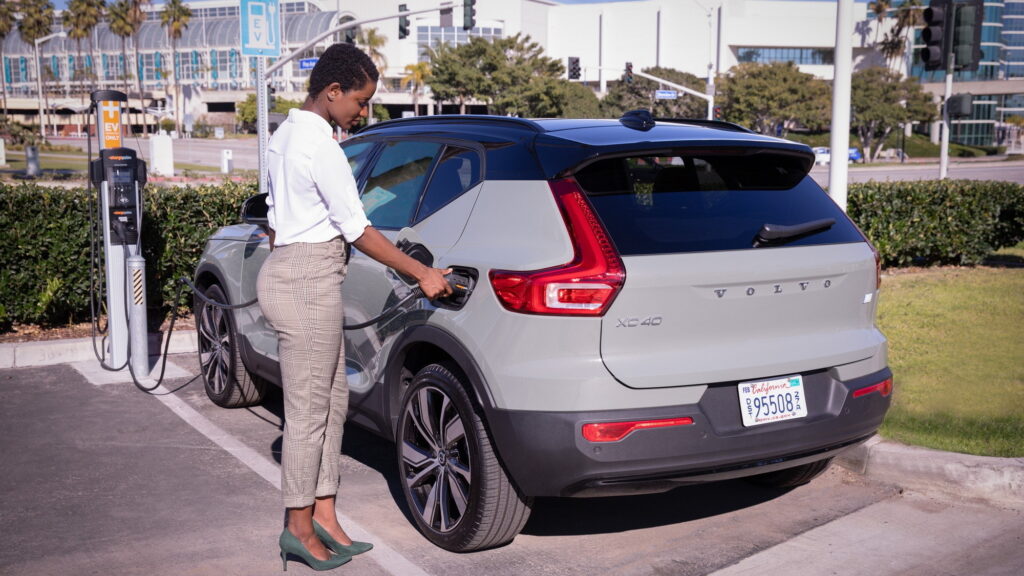As the automotive world looks to go electric, the very obvious weak link in the chain for Americans is the network of publicly available charging stations. Not only aren’t there enough, the ones that are around are frequently broken.
Owners of electric vehicles report that public chargers are inoperative 21.4 percent of the time. That’s up from two years ago, and is higher than in other countries, such as the U.K., where just six percent of chargers are out of service at any given moment, reports Bloomberg.
With more mainstream customers entering the EV market and governments incentivizing their use, the need to make charging networks more reliable is pressing. Naturally, then, the first question to ask is why American chargers are down so frequently. One of the main reasons for the high rate of failures is simply that this is a new technology.
“Everyone’s first-generation equipment was just that — first generation,” said Michael Farkas, the founder of Blink, one of America’s largest charging companies. “People didn’t really understand all the impacts that being out in the elements would have.”
Read: Satisfaction With America’s Public EV Charging Network At Its Lowest Point On Record

Being outside means that the chargers aren’t just subject to the weather, they’re at the mercy of people, too. Reports indicate that in some cases, thieves are stealing the charging cords for the copper, while vandals damage the stations for their own reasons.
There is also the complexity of the machines that need not only to stand up to the physical challenges of being out in the open, but operators also need to be able to upgrade them over time, as they are expected to operate for a decade or more.
But Tesla has proven that a large scale, reliable charging network is possible, even in the U.S. Its stations consistently rate highly on customer satisfaction tests, and users report downtimes of just three percent.
And that hints at one of the biggest challenges facing other charging networks. While Tesla owns all of the Supercharger stations it installs, others sell their chargers to the owners of the parking lots or complexes that they are installed in.
That means that networks like ChargePoint, Blink, and others have to rely on those owners to maintain the chargers, something that has proven to be inconsistent. While charging station manufacturers insist that their machines are becoming more reliable, not less, the owners who actually operate them don’t have that strong of an incentive to maintain their machines, leading to more downtime.
It’s unclear just how companies will solve that problem, but it will be an important challenge to overcome. Surveys from China show that customers tend to choose charging stations on the basis of reliability, rather than how fast or easy-to-use they are. Meanwhile, in order to qualify for federal funding in the U.S., chargers will have to be functional 97 percent of the time. Both are placing pressure on charging station manufacturers to build more reliability into their products.





